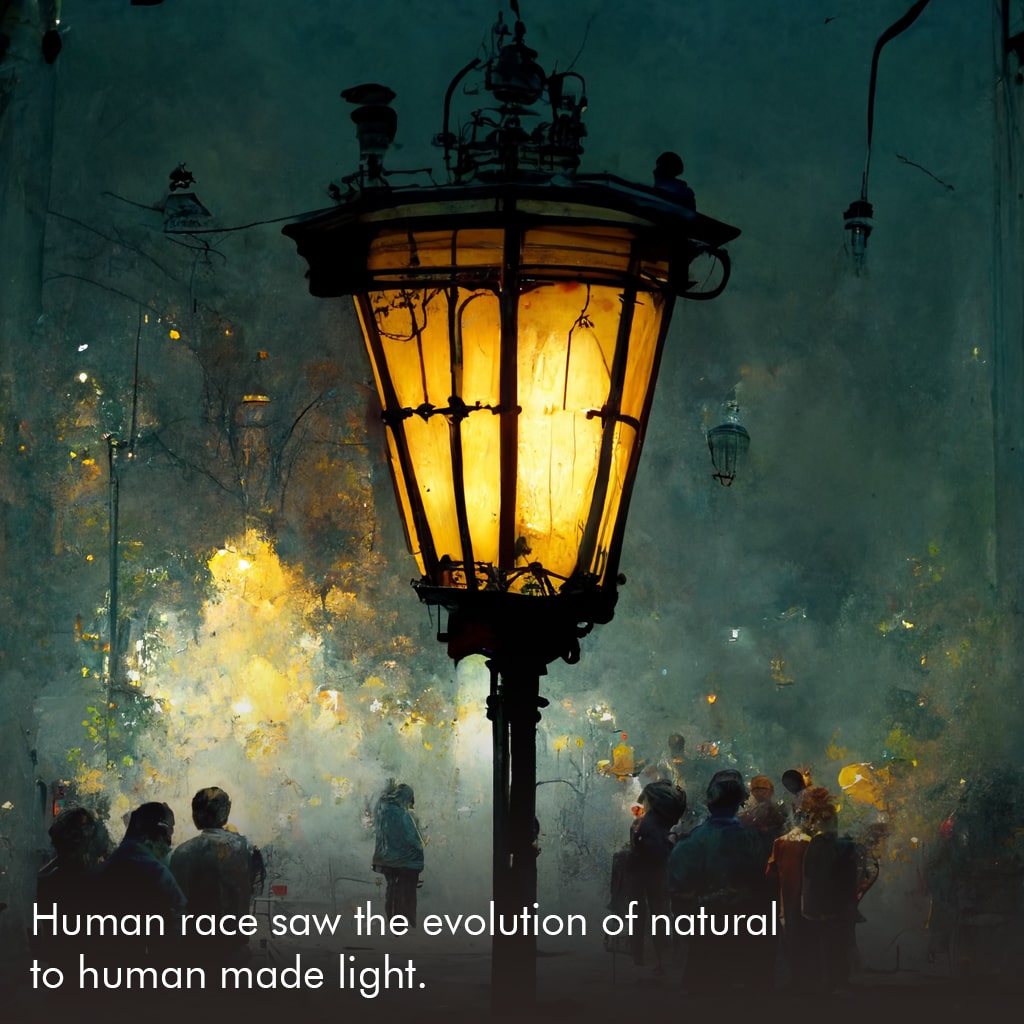The evolution of lighting goes a long way. Beginning with fire in the pre-historic days, human civilization has witnessed the use of torches, oil lamps, and candles. Eventually, the whole idea of gas lights took human beings another step closer to electricity.
Gas lights became a popular source of lights where pipes delivered coal gas to lamps. Scientifically, coal gas in contact with oxygen in the air produced carbon dioxide, water vapour, heat and light. Later other gaseous fuels like hydrogen, methane, carbon monoxide, propane and other gases were also used in gas lights.
Gas lights changed the whole idea of indoor and outdoor lighting, especially street lights. Gas lights increased accessibility to a considerable extent and also pushed for an increase in night-time activities, taking a step closer to industrial revolution. Over time gas lights were commercialized, with further innovations bringing purification of coal gas, gas lighting with copper apparatuses and those of ink, brass and crystal.
There were more changes with the call for brighter and more economical gas lights. Ultimately natural gas began to replace coal gas. Gaslight ultimately paved the path for the electric bulb, creating cleaner, safer, brighter and efficient lighting.





